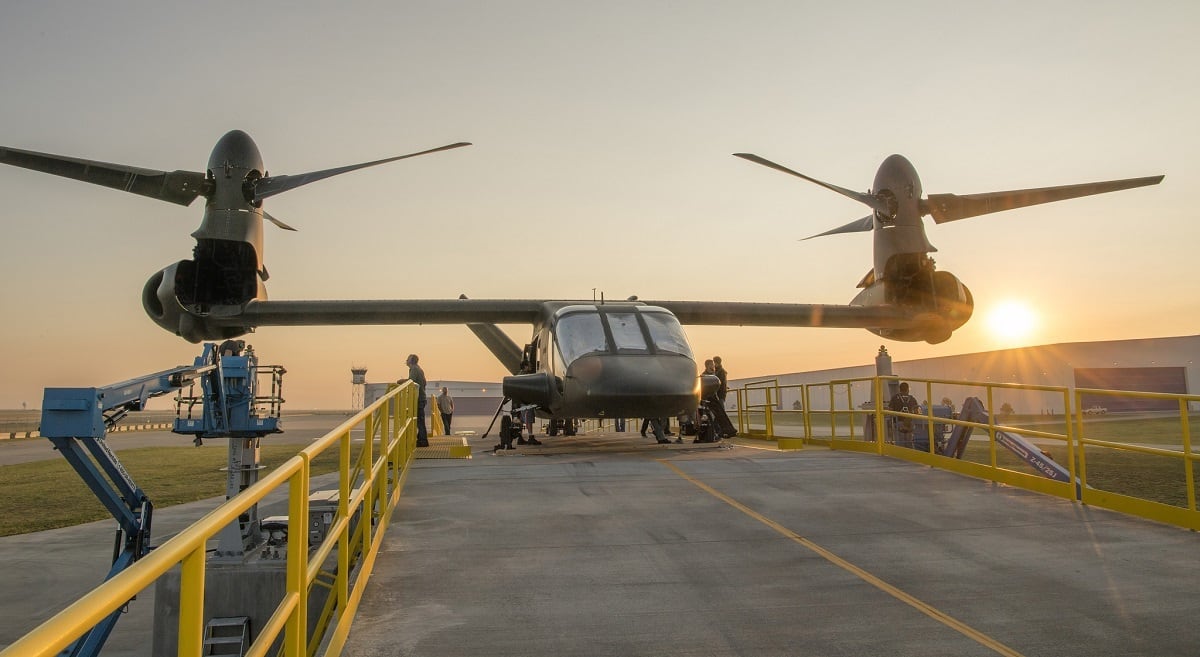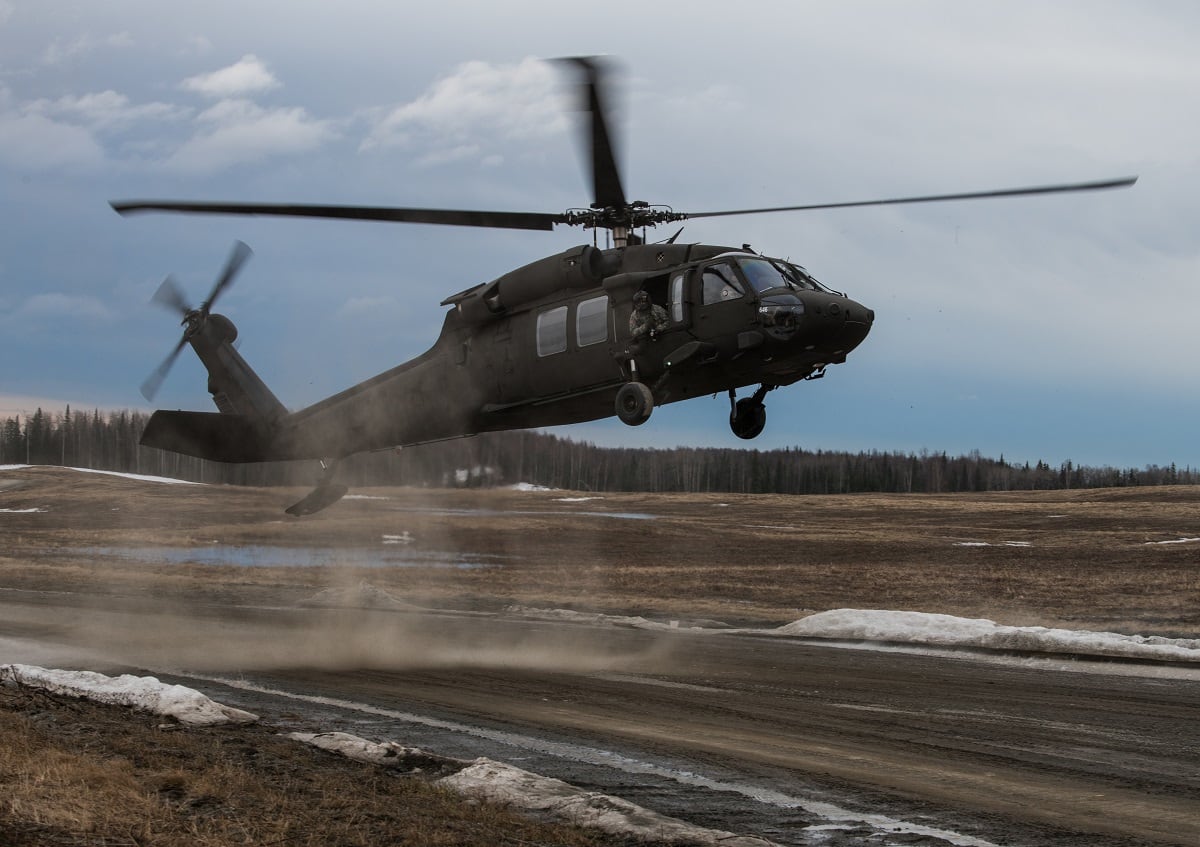WASHINGTON — Sikorsky’s S-97 Raider — an experimental coaxial helicopter — has met the required objectives to move forward into its full flight test program with its second prototype after the first aircraft was sidelined following a hard landing last year, according to the company’s vice president for future vertical lift.
The second aircraft began ground testing on April 25 at the company’s West Palm Beach, Florida, facility.
Operating the Raider for 90 minutes on Tuesday, pilots Bill Fell and John Groth completed the flight-test card, marking a “significant milestone” that will allow Sikorsky to proceed with its full flight test program, Dan Spoor told Defense News in a June 20 statement.
“We look forward to demonstrating to the U.S. military that high flight speed and extraordinary maneuverability in the hover and low-speed regimes will dramatically change the way that military aviators fly and fight with helicopters,” he said.
RELATED

The plans to get back into the test program appear to be happening on schedule. Sikorsky was shooting to get the helicopter back in the air in the summer and pick up where it left off with its first aircraft.
Before the first aircraft’s hard landing, the company had been able to complete low-speed handling, and in 20 hours of flight testing, it expanded the speed envelope to 150 knots.
This summer, the plan is to push the speed above 200 knots, which is the next step in achieving speeds well over that benchmark.
Sikorsky believes it has solved the problem that caused the first prototype’s hard landing.
The first hard landing had nothing to do with Sikorsky’s X2 coaxial technology used in both Raider and its SB-1 Defiant demonstrator, which the company is building with Boeing for the Army’s Joint Multi-Role demonstration. That demo will help define requirements for a Future Vertical Lift aircraft expected to fly in the 2030s.
Defiant is expected to fly by the end of the year.
RELATED

“The neighborhood of the root cause is the complex interaction between the ground, the landing gear, the flight control system and the associated pilot interactions,” Chris Van Buiten, Sikorsky’s vice president of technology and innovation, said in response to a National Transportation Safety Board preliminary report issued in September 2017.
The findings required Sikorsky to make some changes to the flight-control system software to assure the same thing will never happen again, Van Buiten said.
Sikorsky is hoping the U.S. Army will choose Raider for its FVL light aircraft that will serve the attack reconnaissance mission. The service has not yet indicated how and when it will procure a new helicopter that meets such a mission.
Jen Judson is an award-winning journalist covering land warfare for Defense News. She has also worked for Politico and Inside Defense. She holds a Master of Science degree in journalism from Boston University and a Bachelor of Arts degree from Kenyon College.







